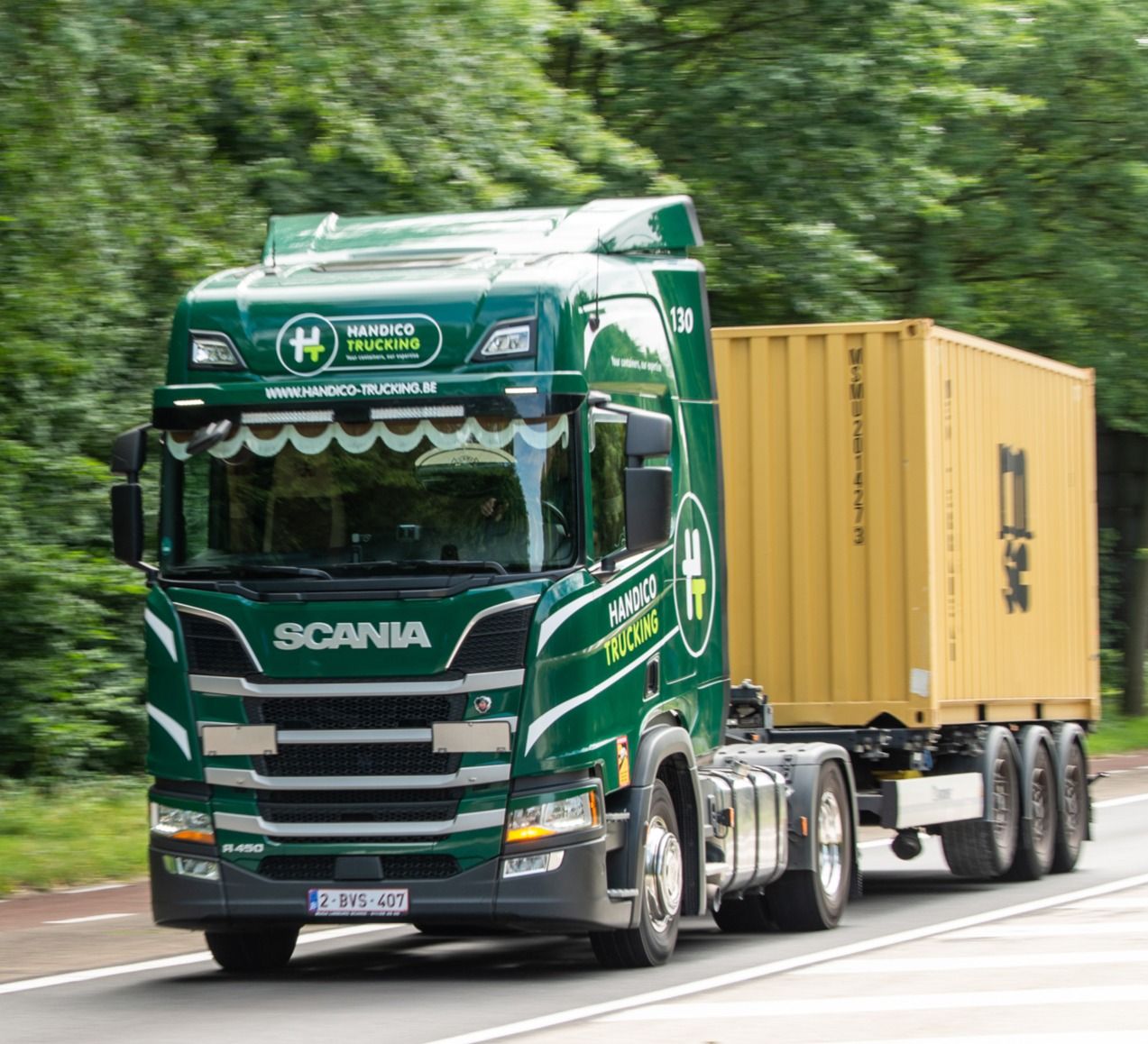In Germany, the tranportation of waste in containers is governed by regulations aimed at ensuring environmental protections and public health. In this blog we examine Germany's comprehensive approcah to waste transport, highlighting the specific rules and measures pertaining to sea containers.
Legislative framework
Germany's waste transport regulations are anchored in the Waste Shipments Regulation, which oversees cross-border movements. Complemented by the European Waste Catalogue, waste is clasified based on its characteristics. Compliance with documentations requirements, inculding waste manifests and notification, is mandatory for all shipments. Ensuring transparency and traceability throughout the transport.
Stringent packaging and handling standards are enfroced to prevent any spillage, leakage or contamination during transport. Germany places a strong emphasis on environmental protection. For that reason measures are implemented to prevent illegal dumping and improper waste disposal. As a carrier we must comply with environmental standards and possesss necessary permits and authorizations. Regular inspections and monitoring efforts detect and address violations.
A-plate and Annex VII document
In addidtion to the aforementioned regulations, drivers transport waste are required to display an A-plate indication the carriage of waste goods. Furthermore, an Annex VII document must accompany the shipment, providing detailed information about the waste being transported, its origin and its destination. The Annex VII document must be kept for 5 years by the client, the receiver and processer of the goods.


